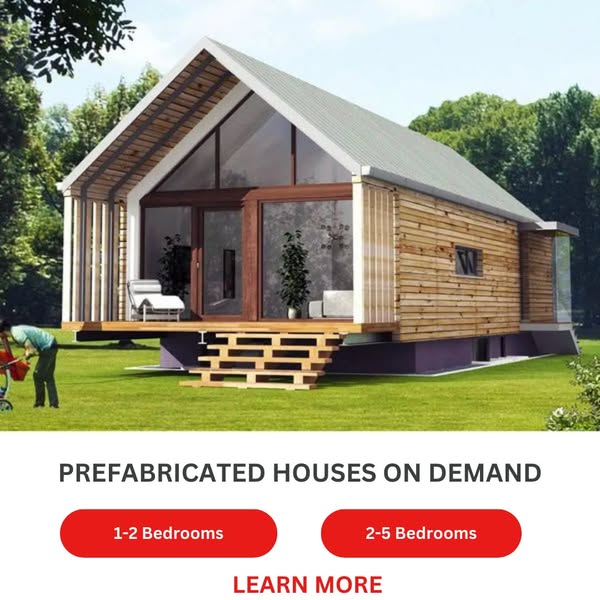Exploring the World of Prefabricated Houses
Prefabricated houses are gaining popularity due to their efficiency and modern design.
What Are Prefabricated Houses?
Prefabricated houses, often referred to as prefab homes, are residential structures that are manufactured off-site in advance, usually in standard sections that can be easily shipped and assembled. This construction method contrasts with traditional building techniques where homes are constructed entirely on-site. The concept of prefabrication is not new; it dates back to the early 20th century, but recent advancements in technology and design have brought a renewed interest in this method of construction.
Prefab homes are built in a factory setting, which allows for more precise construction and reduced waste. The controlled environment minimizes the impact of weather and other external factors that can delay traditional construction projects. Once the sections are completed, they are transported to the building site and assembled, often in a matter of days. This efficiency not only saves time but can also lead to cost savings for homeowners.
There are several types of prefabricated homes, including modular homes, panelized homes, and manufactured homes. Each type offers different benefits and levels of customization. Modular homes, for example, are built in sections and then assembled on-site, much like building blocks. Panelized homes are constructed with pre-made panels that form the walls, floors, and roofs of the home. Manufactured homes, on the other hand, are built on a permanent chassis and are typically less customizable than other types of prefab homes.
Modern house with solar panels, surrounded by greenery and palm trees, near a road.
The Advantages of Prefabricated Houses
Prefabricated houses offer numerous advantages that appeal to both builders and homeowners. One of the most significant benefits is the speed of construction. Because the components are manufactured in a factory, the construction process is not subject to weather delays or other on-site interruptions. This means that a prefab home can be ready for occupancy much faster than a traditional home.
Another advantage is the potential for cost savings. Prefab homes are often less expensive to build than traditional homes due to the streamlined manufacturing process and reduced labor costs. Additionally, the precision of factory construction results in less material waste, which can also reduce expenses. Homeowners may also find savings in the long term, as many prefab homes are designed with energy efficiency in mind, leading to lower utility bills.
Environmental sustainability is another key benefit of prefabricated houses. The controlled factory environment allows for the careful management of resources, which reduces waste and minimizes the carbon footprint of the construction process. Many prefab homes are built with sustainable materials and are designed to be energy-efficient, incorporating features such as solar panels and high-performance windows.
Design Flexibility and Customization
One of the misconceptions about prefabricated houses is that they lack design flexibility. However, modern prefab homes offer a wide range of customization options to suit individual tastes and needs. Homeowners can choose from various floor plans, finishes, and fixtures to create a home that reflects their personal style.
Many prefab manufacturers offer customization options that rival those of traditional homes. From open-concept layouts to minimalist designs, the possibilities are extensive. Some companies even collaborate with renowned architects and designers to offer unique and innovative prefab models. This means that homeowners are no longer limited to cookie-cutter designs but can enjoy a personalized living space that meets their aesthetic and functional requirements.
Furthermore, prefab homes can be easily expanded or modified in the future. Because of their modular nature, adding additional rooms or features is often simpler and more cost-effective than with traditional construction methods.
The Future of Prefabricated Houses
The future of prefabricated houses looks promising as advancements in technology and design continue to transform the industry. Innovations such as 3D printing and sustainable building materials are opening new possibilities for prefab construction, making it more efficient and environmentally friendly than ever before.
As the demand for affordable and sustainable housing grows, prefab homes are likely to become an increasingly popular choice for homeowners. The ability to quickly and cost-effectively build high-quality homes is appealing in a world where housing shortages are a pressing issue. Furthermore, the growing awareness of environmental concerns is driving the development of even more sustainable prefab solutions.
Overall, prefabricated houses offer a compelling alternative to traditional construction methods, combining efficiency, cost-effectiveness, and design flexibility. As the industry continues to evolve, prefab homes are poised to play a significant role in the future of residential construction.

